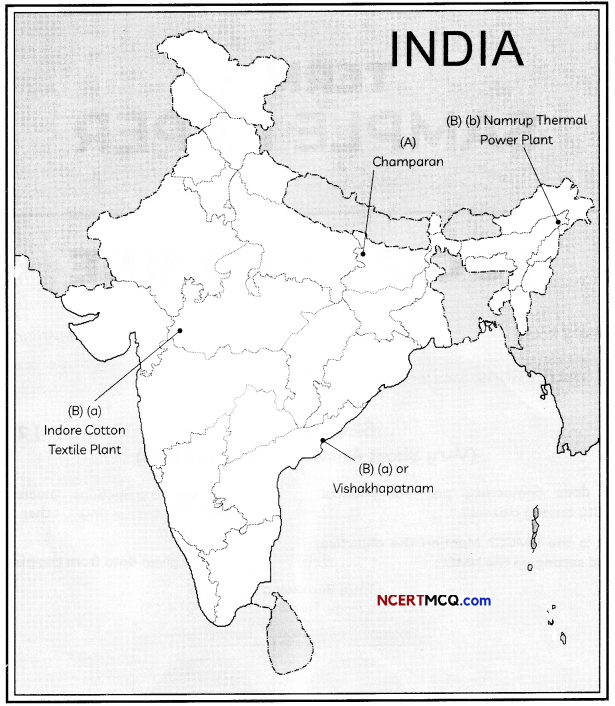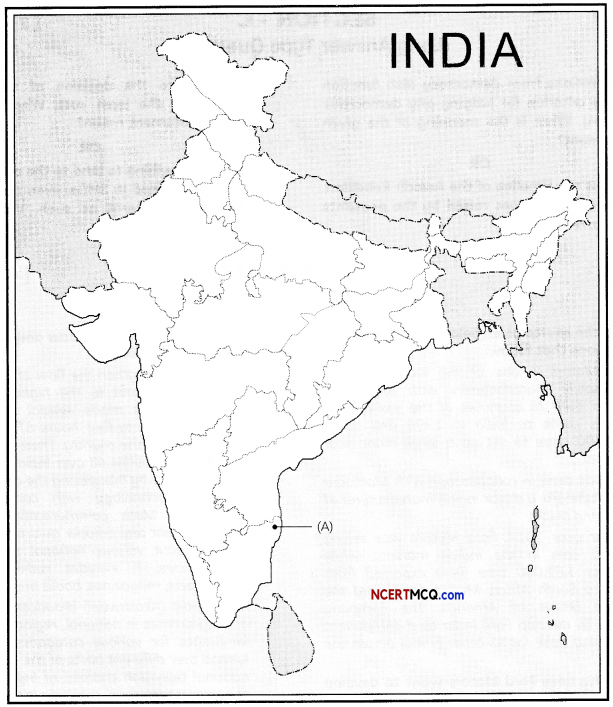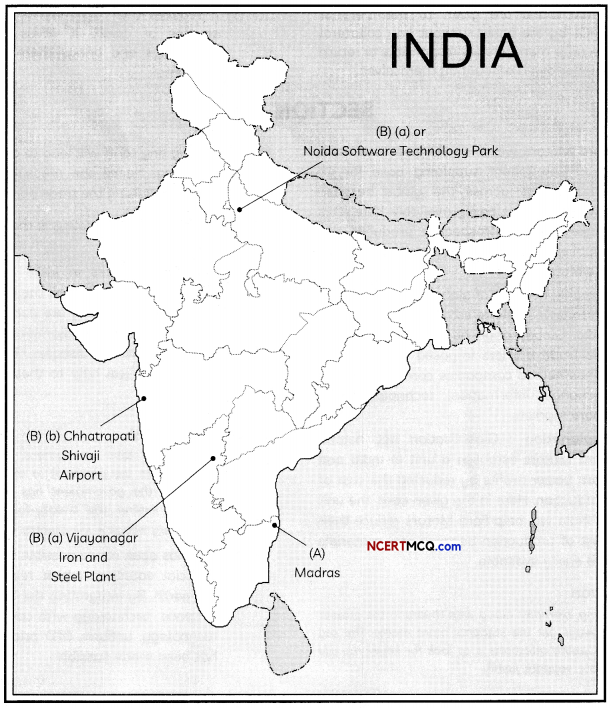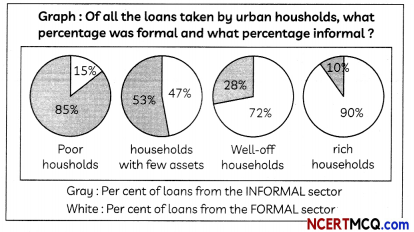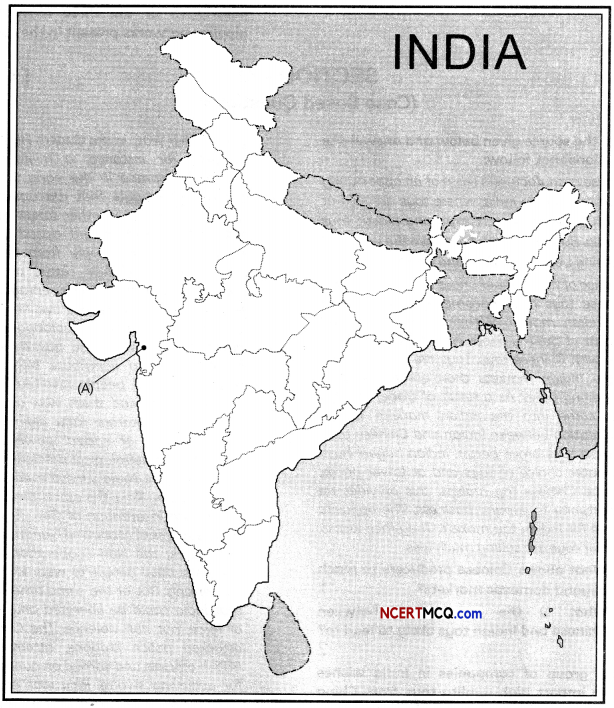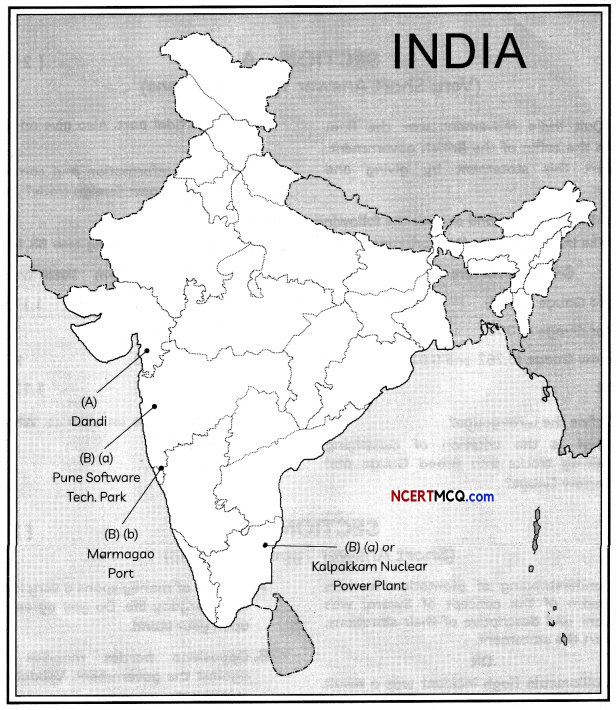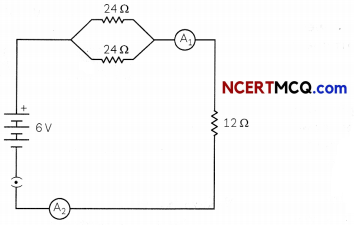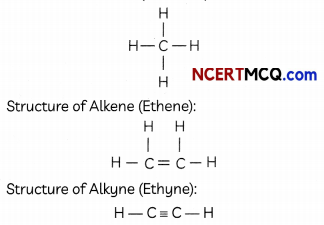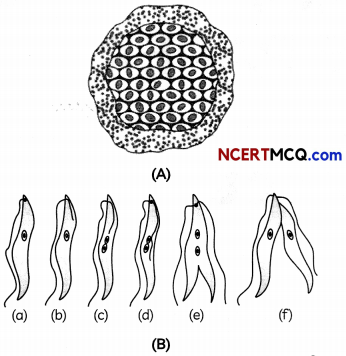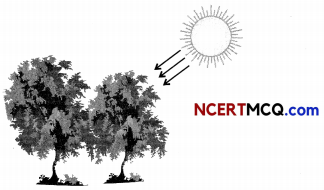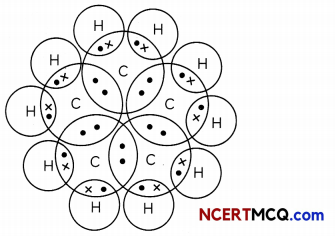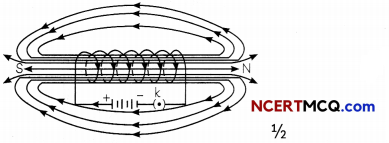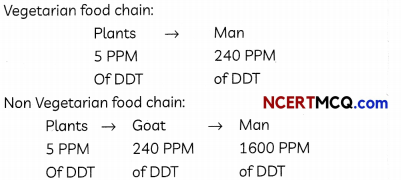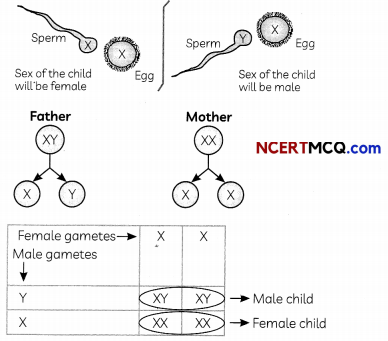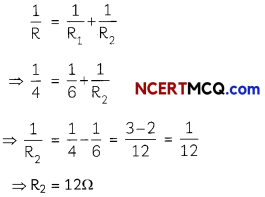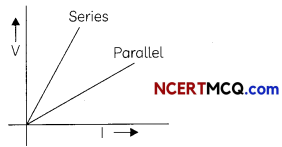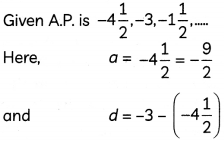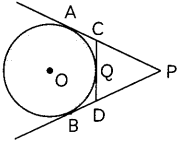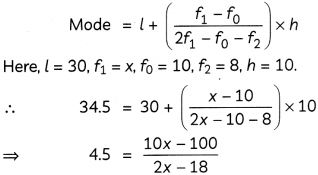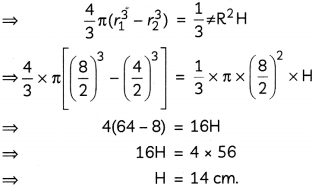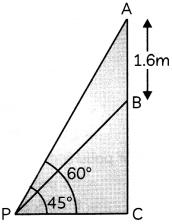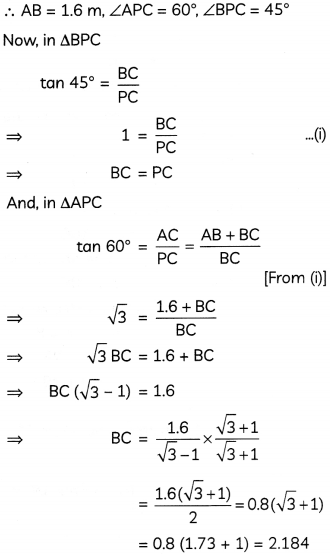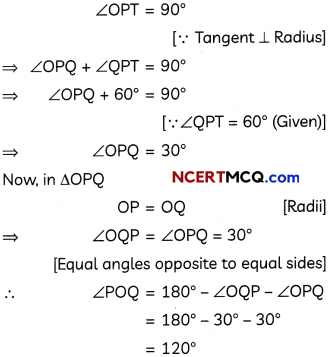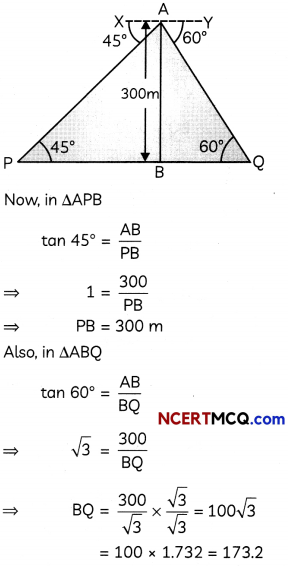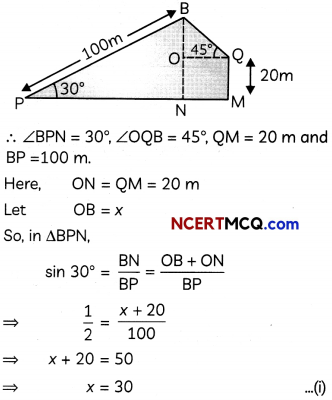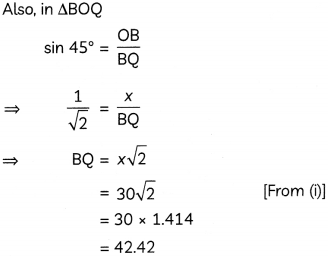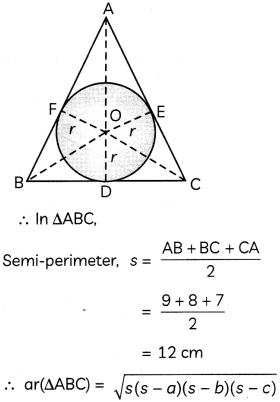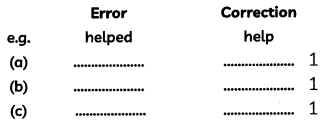Students can access the CBSE Sample Papers for Class 10 Social Science with Solutions and marking scheme Term 2 Set 3 will help students in understanding the difficulty level of the exam.
CBSE Sample Papers for Class 10 Social Science Term 2 Set 3 with Solutions
Time Allowed: 2 Hours
Maximum Marks: 40
General Instructions:
- This Question paper is divided into five sections-Section A, B, C, D and E.
- All questions are compulsory.
- Section-A: Question no. 1 to 5 are very short answer type questions of 2 marks each. Answer to each question should not exceed 40 words.
- Section-B: Question no. 6 to 8 are short answer type questions, carrying 3 marks each. Answer to each question should not exceed 80 words.
- Section-C: Question no. 9 and 10 are long answer type questions, carrying 5 marks each. Answer to each question should not exceed 120 words.
- Section-D: Question no. 11 and 12 are Case Based questions.
- Section-E: Question no. 13 is map based, carrying 3 marks with two parts, 13.1 from History (1 mark) and 13.2 from Geography (2 marks).
- There is no overall choice in the question paper. However, an internal choice has been provided in a few questions. Only one of the choices in such questions have to be attempted.
- In addition to this, separate instructions are given with each section and question, wherever necessary.
SECTION-A [2 × 5 = 10]
(Very Short Answer Type Questions)
Question 1.
The Supreme Court passed an order to reduce the influence of money and criminals. Mention another measure taken by the Supreme Court in this regard. (2)
Answer:
The Supreme Court has made it mandatory for every candidate contesting elections to file an affidavit giving details of the immovable and movable assets possessed by him and the criminal cases pending against him.
Related Theory:
An affidavit is a signed document submitted to an officer, where a person makes a sworn statement regarding her personal information. It has to be signed by a notarised offcer.
Question 2.
What are feature films? Which organization certifies both Indian and foreign feature films in India? (2)
Answer:
A feature film or feature-length film is a narrative film which is a principal or sole presentation in a commercial entertainment program.
The Central Board of Film Certification is the authority to certify both Indian and foreign feature films.
Related Theory:
In Film certification, the authority certifies and ensures that nothing which is obscene and instigative is portrayed on the screen. It also ensures that no film instigates sedition or anything anti-state.
Question 3.
Read the given data and answer the following questions.
35 year old Sushila has spent many years as a worker in the garment export industry of Delhi. She was employed as a ‘permanent worker’ entitled to health insurance, provident fund, overtime at a double rate, when Sushila’s factory closed in the late 1990s. After searching for a job for six months, she finally got a job 30 km away, away from where she lives. Even after working in this factory for several years, she is a temporary worker and earns less than half of what she was earning earlier. Sushila leaves her house every morning, seven days a week at 7:30 a.m. and returns at 10 p.m. A day off from work means no wage. She has none of the benefits she used to get earlier. Factories closer to her home have widely fluctuating orders and therefore pay even less.
(A) Which sector does Sushila as a “permanent worker” belong to? (1)
Answer:
Sushila belongs to an organised sector as a worker because the terms of her employment are all permanent and resemble employment of organised sector.
(B) What can you comment upon the state of labour laws in the region/state where Sushila works? (1)
Answer:
The labour laws seem loose and weak. They are not enforced or enforced very . weakly because Sushila does not get any wages for leaves, has no provisions for minimum wages and has to work for really long hours.
Caution:
For data based questions, it would be easier for the students to read the source multiple times and underline important points- any points that help solve the questions directly or indirectly.
![]()
Question 4.
Who was Natesa Shastri? What was Natesa Shastri’s belief about Indian folklore? (2)
Answer:
Natesa Shastri was the publisher of the famous Tamil folk tales, The Folklore of Southern India. Natesa Shastri believed that Indian folklore was national literature and the true manifestation of Indian people’s real thoughts and beliefs.
Related Theory:
The published a massive four-volume collection of Tamil folk tales in Madras which encouraged people to realize the importance of their nationality. As the national movement developed, nationalist leaders became more and more aware of such icons and symbols in unifying people and inspiring in them a feeling of nationalism.
Question 5.
Which institution mediates between the borrowers and the lenders? (2)
Answer:
Banks mediate between borrowers who are in need of money and lenders who have surplus money and deposit it in the bank to earn some interest. Banks become a mediator and facilitate depositing and loaning money.
Related Theory:
People who have surplus money deposit that in banks in their accounts. Borrowers are loaned this surplus money deposited by people and the banks invest the rest to earn profits.
SECTION – B [3 × 3 = 9]
(Short Answer Type Questions)
Question 6.
Globalisation and greater competition among producers has been of advantage to consumers, particularly the well-off sections in the urban areas. Do you agree? Justify.
OR
Credit plays a positive role in the lives of people. Do you agree? Elaborate your stand. (3)
Answer:
Yes, globalisation and greater competition among producers has definitely been of advantage to consumers particularly the well- off sections in the urban areas.
- Globalisation has facilitated greater choice before consumers who enjoy improved quality for several products.
- Globalisation has also made it possible for consumers to buy products made alL over the world at one click or tap.
- It has integrated markets everywhere and hence prices of products have become competitive and more affordable for the consumers.
OR
Credit does play a very positive role in the lives of the people.
- When a trader obtains credit to meet the working capital needs of production, he meets the ongoing expenses of production and pays back the loan with the profits.
- Credit helps factory owners complete production on time and thereby increase their earnings.
- When farmers get cheap loans before the sowing seasons, they are able to buy better equipment, fertilizers and pesticides and earn more profits. Thus, credit plays a positive role in the lives of people.
Question 7.
Gandhi believed that one way to integrate Muslims in the Indian national movement was to take up the Khilafat issue. Highlight why the Khilafat issue was so important to the Muslims? (3)
Answer:
Khilafat issue was a movement in defence of Khalifa’s temporal powers. Khalifa or the Caliph was the ruler of Turkey and also the spiritual head of the Islamic world. During the first world war, Britain was fighting from the enemy side and after winning, threatened to impose a treaty on him which would cause essential loss to his authority and freedom. To Muslims, this treaty was almost an attack on their religion. They were extremely sensitive to this and thus began this movement.
Question 8.
This party was formed in 1925. Believes in Marxism-Leninism, secularism and democracy. Identify the political party through the given hints and enumerate its features. (3)
Answer:
This party is the Communist Party of India. The following are its features:
- The CPI is opposed to the forces of secessionism and communalism.
- It wants to promote the interests of the working class, farmers and the poor.
- After a split in this party in 1964, CPI(M) was formed.
SECTION – C [2 × 5 = 10]
(Long Answer Type Questions)
Question 9.
How is a democratic government also a responsive government? Explain with an example.
OR
What brought various groups and classes of Indians together in a freedom struggle? (5)
Answer:
Democracy produces an accountable government in the following ways:
- It provides regular, free and fair elections.
- It facilitates open public debate on major policies and legislations.
- It gives citizens the right to information about the activities and decisions of the government.
- Democracy produces a responsive government because it is formed by the representatives chosen by the people. They implement these policies and programmes according to the opinions of the people.
- This government is also accountable to the people who elect it. They can always change their decisions in the next elections if the representatives do not work according to them.
OR
Multiple factors brought various groups and classes of Indians together in a freedom struggle:
- A growing anger against the colonial government brought together Indians from various castes, classes and sects.
- Rediscovery of India’s past and glorious retelling of its achievements brought people closer to each other.
- The British brought India under one system of administration and regulation. Every citizen was equally affected by their discriminatory policies.
- Western educated Indians learned the importance of equality and unity after studying various revolutions.
- They spread awareness values of equality, unity and justice among others which brought a lot of people together.
Question 10.
Mention the steps to reduce industrial pollution of fresh water.
OR
Why is it necessary that banks and cooperatives increase their lending in rural areas? Explain. (5)
Answer:
The steps to reduce industrial pollution of freshwater are as follows:
- By minimising the use of water for processing by reusing and recycling it in various stages.
- Rainwater harvesting
- Treatment of hot water and effluents before disposing them off in rivers and ponds.
- Treatment of industrial effluents in multiple steps should be done to reduce harmful effects.
- Recycling of wastewater is another measure.
OR
Banks and cooperatives should increase their lending in rural areas because of the following factors:
- India largely depends on agriculture for earning foreign exchanges. Farmers and agricultural workers in rural areas need more money and special attention to invest in their work.
- Most of the people in rural areas are illiterate. They are exploited by informal lenders for their benefit. A reliable source of credit is extremely necessary as it prevents them from falling into debt traps.
- Most loans from informal lenders carry very high interest rates and do not add to the income of the borrowers.
- Banks and co-operative societies provide loans to the rural households and help them boost their income. Incentives are also given to farmers for quick repayment. This makes them financially wise.
- For better crop production, easy credit is required.
SECTION-D [4 × 2 = 8]
(Case Based Questions)
Question 11.
Read the source given below and answer the questions that follow:
Organic chemicals include petrochemicals, which are used for manufacturing of synthetic fibers, synthetic rubber, plastics, dye stuffs, drugs and pharmaceuticals. Organic chemical plants are located near oil refineries or petrochemical plants. The chemical industry is its own largest consumer. Basic chemicals undergo processing to further produce other chemicals that are used for industrial application, agriculture or directly for consumer markets. The fertilizer industry is centred around the production of nitrogenous fertilizers (mainly urea), phosphatic fertilizers and ammonium phosphate (DAP) and complex fertilizers which have a combination of nitrogen (N), phosphate (P), and potash (K).
(A) How is the chemical industry useful for the fertilizer industry? (1)
Answer:
It supplies important compounds like phosphatic fertilizers and ammonium phosphate (DAP) and complex fertilizers which have a combination of compounds. Explanation: Chemical industries supply multiple chemicals to the fertilizers industry indirectly. They form raw materials for fertilizer industries.
Related Theory:
There are various nitrogenous chemical fertilizers like ammonium sulphate, calcium ammonium nitrate, basic calcium nitrate, calcium cyanamide (nitrolium), urea etc produced in the chemical industry.
(B) Do you think production of chemicals is harmful for the environment? Validate your stand. If you agree, mention one step which can be taken to reduce the effects. (2)
Answer:
Production of chemicals, especially petrochemicals, is harmful for the environment but necessary for the country because they are responsible for the production of multiple goods which are exported to earn foreign exchange.
(C) Name at least 2 inorganic and 2 organic products of the chemical industry. (1)
Answer:
Two inorganic and organic products of the chemical industry are:
(a) Urea (Organic)
(b) Phenol (Organic)
(c) Sulphuric Acid (Inorganic)
(d) Nitric Acid (Inorganic)
Related Theory:
- Organic compounds are generally any chemical compounds that contain carbon-hydrogen bonds.
- Inorganic compounds do not contain Carbon-Hydrogen bonds.
![]()
Question 12.
Read the source given below and answer the questions that follow:
Expectations from democracy also function as the criteria for judging any democratic country. What is most distinctive about democracy is that its examination never gets over. As democracy passes one test, it produces another test. As people get some benefits of democracy, they ask for more and want to make democracy even better. That is why, when we ask people about the way democracy functions, they will always come up with more expectations, and many complaints. The fact that people are complaining is itself a testimony to the success of democracy: it shows that people have developed awareness and the ability to expect and to look critically at power holders and the high and the mighty. A public expression of dissatisfaction with democracy shows the success of the democratic project.
(A) Given an option to choose, which kind of political system would you like to live in and why? (1)
Answer:
I would like to be a citizen of a country which has a democratic set up. This is because its citizens are empowered through various mechanisms like free elections fundamental rights and other such things. It is also favourable because it gives birth to its own examination and tests and this examination never gets over.
(B) How does a democracy change the people who live in it? (1)
Answer:
A democracy converts the people who live in it from subjects to citizens and empowers them. This is the sign of a successful democracy.
(C) It is said that a democracy is a rule of the majority. There is a large number of poor in the country hence they are in majority. So, democracy must be a rule of the poor’. Do you agree? (1)
Answer:
No, it is not justified, because the rule of majority does not mean the rule of people who are in majority because of their economi’. status or number only. Majority is not formed by the same people every time. Every person has a different opinion of an ideology and they do not conform to their economic status while choosing the ideology they want to support. Majority is not rigidly defined in any way.
SECTION – E [1 × 3 = 3]
(Map Skill Based Questions)
Question 13.
(A) On the given outline Political Map of India, identify the place marked as A with the help of following information and write its correct name on the line marked near it.
(a) Identify the place marked as A in Bihar where peasants struggled against the Indigo Plantation system. (1)
(B) On the same given map of India, locate the following:
(a) Indore Cotton Textile Plant
OR
Visakhapatnam Port (1)
(b) Namrup Thermal Power plant (1)
Answer:
(A) Champaran
(B) (a) Indore Cotton Textile Plant
OR
Visakhapatnam Port
(b) Namrup Thermal Power plant
